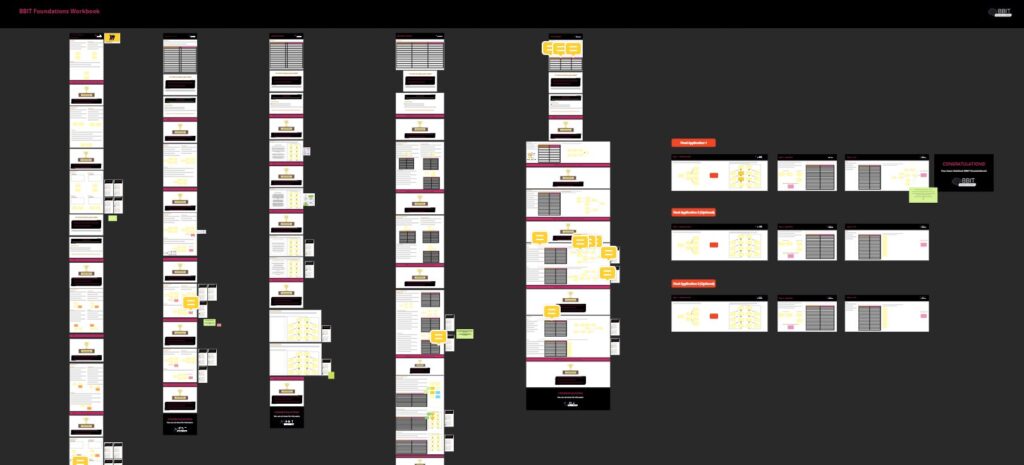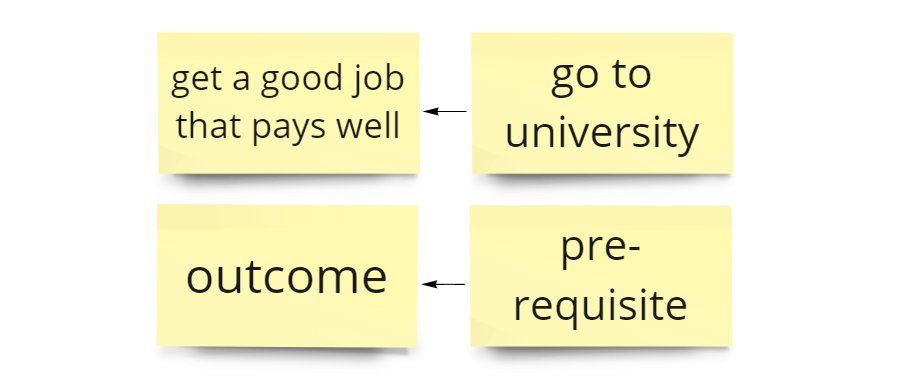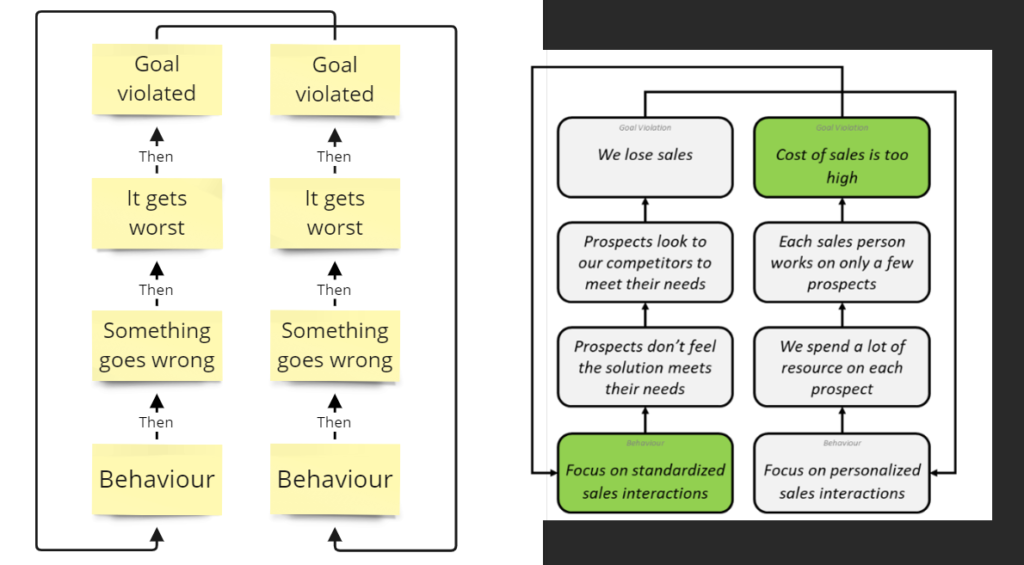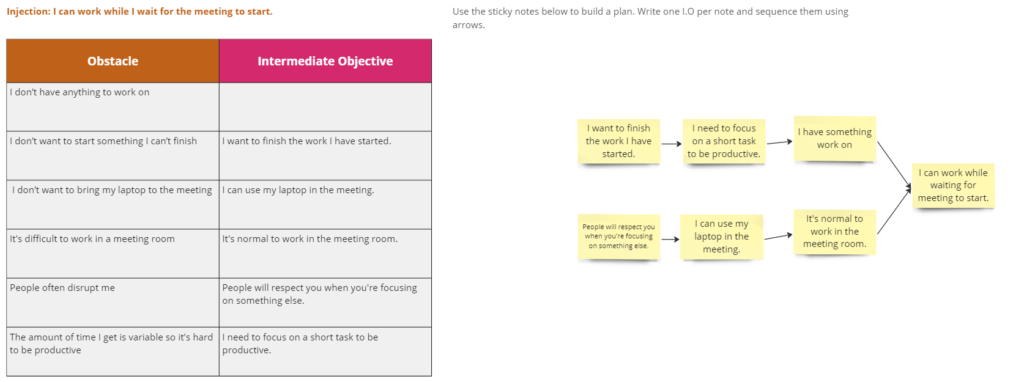My Takeaway on Black Belt in Thinking (BBIT)
I feel incredibly fortunate to have been sponsored by my company to attend the Black Belt in Thinking (BBIT) course. As someone whose role demands a lot of critical thinking and decision-making, I was impressed by the valuable lessons I learned and how I could apply them in my daily work.
In a nutshell, BBIT is a thinking course that teaches you to build structure into your thought process, and ultimately present it with a solid chain of thought and reasoning for decision-making. Feel free to read to get a sneak peek of what this course can offer. Then again, I am writing this also for my own reference in the future.
Course
The course breaks down into five weeks, which covers one module per week. They even provide simple-to-follow hands-on training using Miro. I have the say, the instructors are responsive and helpful to provide feedback. Ultimately, is your own effort to take the time to complete the training to really see the improvement.

Before we begin, the role of thinking is usually one of the 3 reasons:
- Personal cloud – own personal motive and thinking.
- Interpersonal cloud – the thinking we do on behalf of or for others.
- Policy cloud – common sense or for the policy of general rule.
Module 1 – Cause and Effect & Pre-requisite
The first module focused on building a structured thought process by considering cause and effect. By creating a vertical flow of “If {cause}, then {effect},” we learned to analyze situations and draw logical conclusions.

Additionally, we explored working backward from desired outcomes through the horizontal flow of “In order to {outcome}, I must {pre-requisite}.” This approach helped me develop a clearer chain of thought and reasoning for decision-making.

We move on to learning to build the assumption and ultimately building a chain of “{this} and {that}” to build the whole flow. Example:

A general rule of thumb:
- Write a complete statement. That means it should be understood without context.
- It should make sense as a standalone statement.
Module 2 – Cloud & Conflict
In this module, we delved into dealing with the conflict cloud. We discovered that for every action, there are often two sides of the coin. We identified the “needs” that linked them by plotting the cloud of conflicting prerequisites.

The key was to seek compromises or solutions that could cater to both needs.
A general rule to note:
- Start with the outcome and then the pre-requisite. They should be conflicting with each other.
- If the goal for both routes is not the same, consider looking for a higher-up goal that is common.
- To choose a decision:
- If the need is conflicting, then choose one.
- If the need is non-conflict, can consider merging.
- Don’t get too attached to the solution.
- The goal is to use that to figure out the need to debug the cloud.
- To figure out how to address the need.
- The written “need” needs to be the actual driving force.
- General focus on positive outcome.
Module 3 – Driud Loop
The Druid Loop concept was particularly intriguing to me. It involved identifying and addressing recurring issues that create loops of conflicting behavior. To successfully plot a Druid Loop, we needed to think negatively to make the problem obvious. The stage should go like this:
- The behavior
- Something goes wrong
- It gets worst
- Goal violated
- Loop

To plot a successful druid:
- Think negative! – make the problem obvious.
- It has to be a recurring issue.
- Personal experience from both sides of the loop to eliminating wrong assumptions.
- Should have at least 4 logic steps, so that the logic jump is clearer.
- Include feeling (emotions), as they provided valuable insights
Module 4 – Injection
Module 4 focused on scaling the connections made in the previous modules. That means, to generate as many assumptions as possible for a given connection. To achieve that:
- Avoid self-induced filtering – not to corrupt the creativity.
- Writing down all assumptions – to make room for more creativity.
- Finding words that were similar – the injection changes based on the word used.
- The more the better – at least 5 to start with.
Each assumption will be created a reverse phrase aka injection. By reversing the assumption to test its validity and identify any potential solutions to break loops or conflicts. It can be as simple as reversing using the word like not or don’t; Or building a more complicated reverse phrase that make sense.

A quick note to myself: The injection has to be a DONE statement.
Module 5 – Immediate Objective (IO)
Putting it all together, the final module aimed to integrate all the learnings into a solution flow. We need to instinctively choosing an injection that made the most sense that could break loops or conflicts.
Real-world scenarios often come with obstacles. Some thing apply here, so we listed them out and applied the same concept by reversing each obstacle with an IO. All the IO were then ordered and grouped in a chain that built from right to left, starting with the goal on the right.

As a reminder, each connection in the chain has to be able to read in the following format “In order {this}, I must {that}“.
This exercise provided a clear course of action to unblock each step and progress toward achieving the desired outcome.
My Work
Take a look at me applying it at real scenario in an attempt to solve a Patch Vulnerability workflow. There is still some ambiguity yet to be address. In general, it help to take me in the right direction of solving our workflow issue, which requires communication among different stakeholders.

